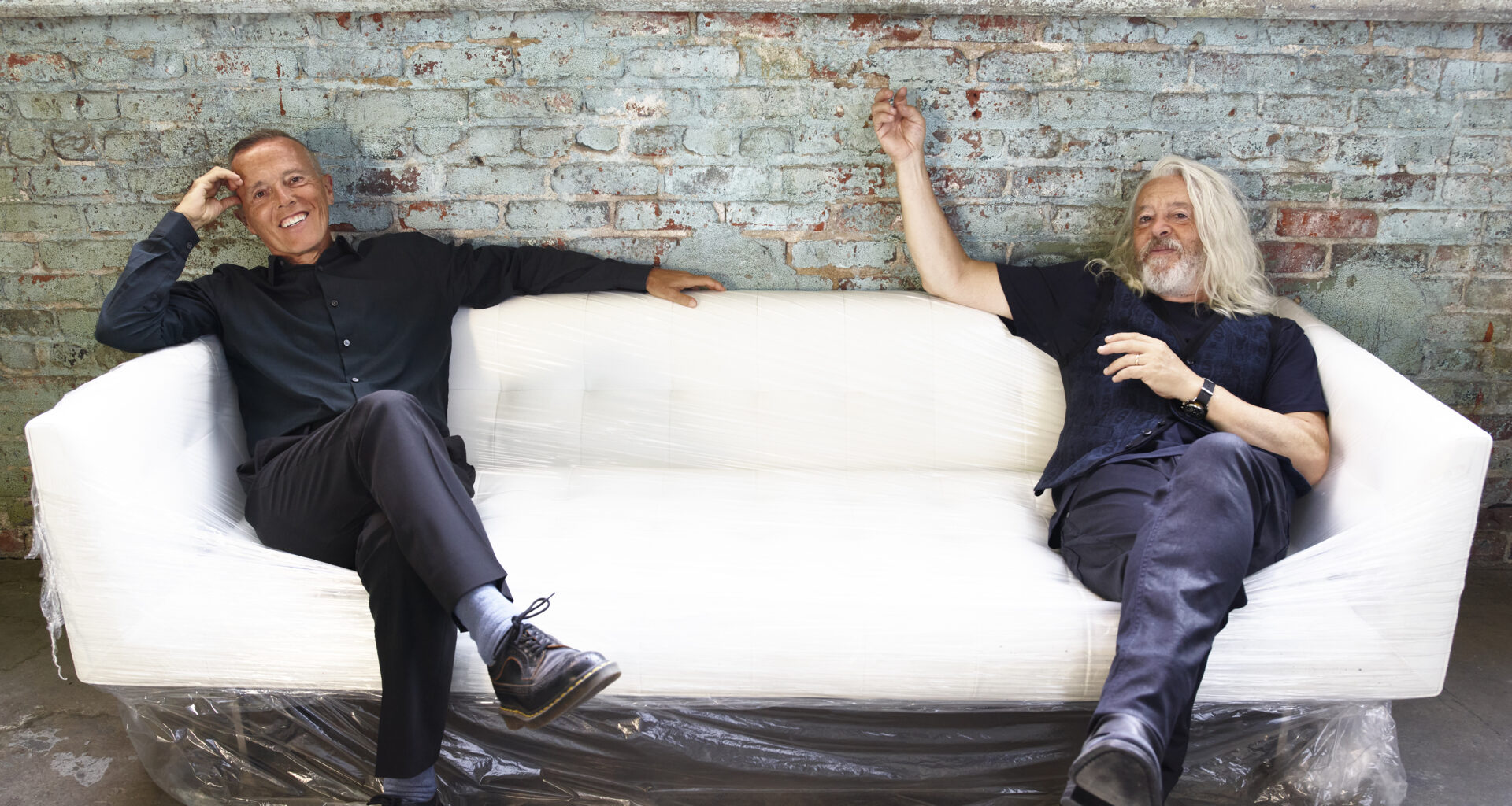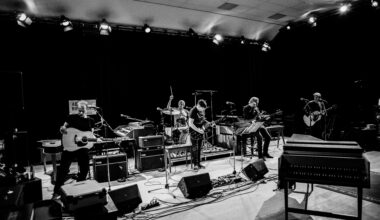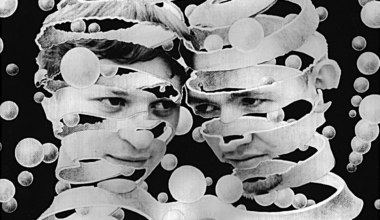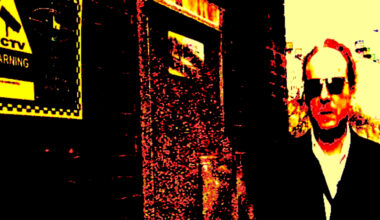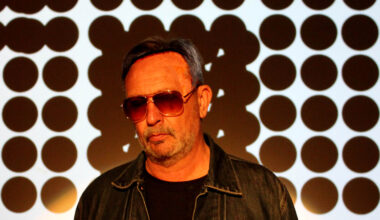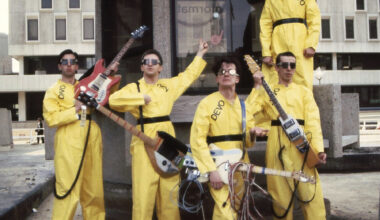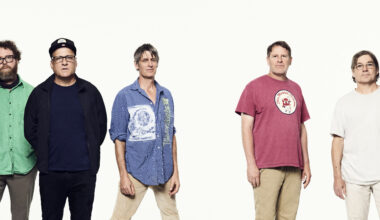Celebrating the release of the first Tears For Fears album since 2004, Roland Orzabal and Curt Smith reflect on a five-decade career and talk about loss, working under duress, musique concrète and Gothic architecture
Want to read more?
Sign up to Electronic Sound Premium to gain access to every post, video, special offers, and more. 100%, all you can eat, no commitment, cancel any time.
Already a premium member? Log in here
